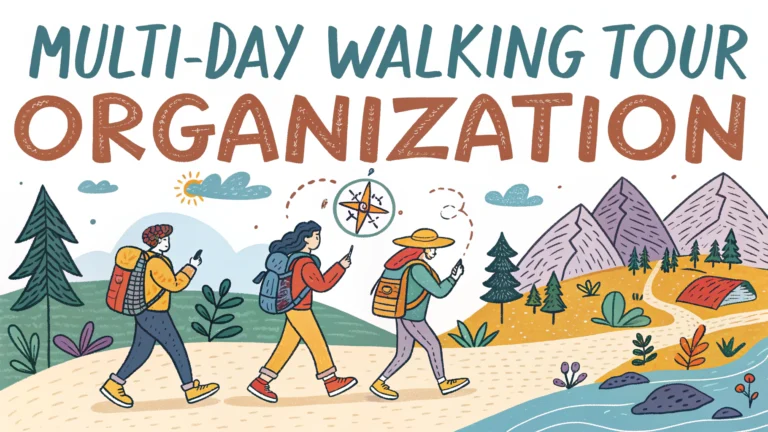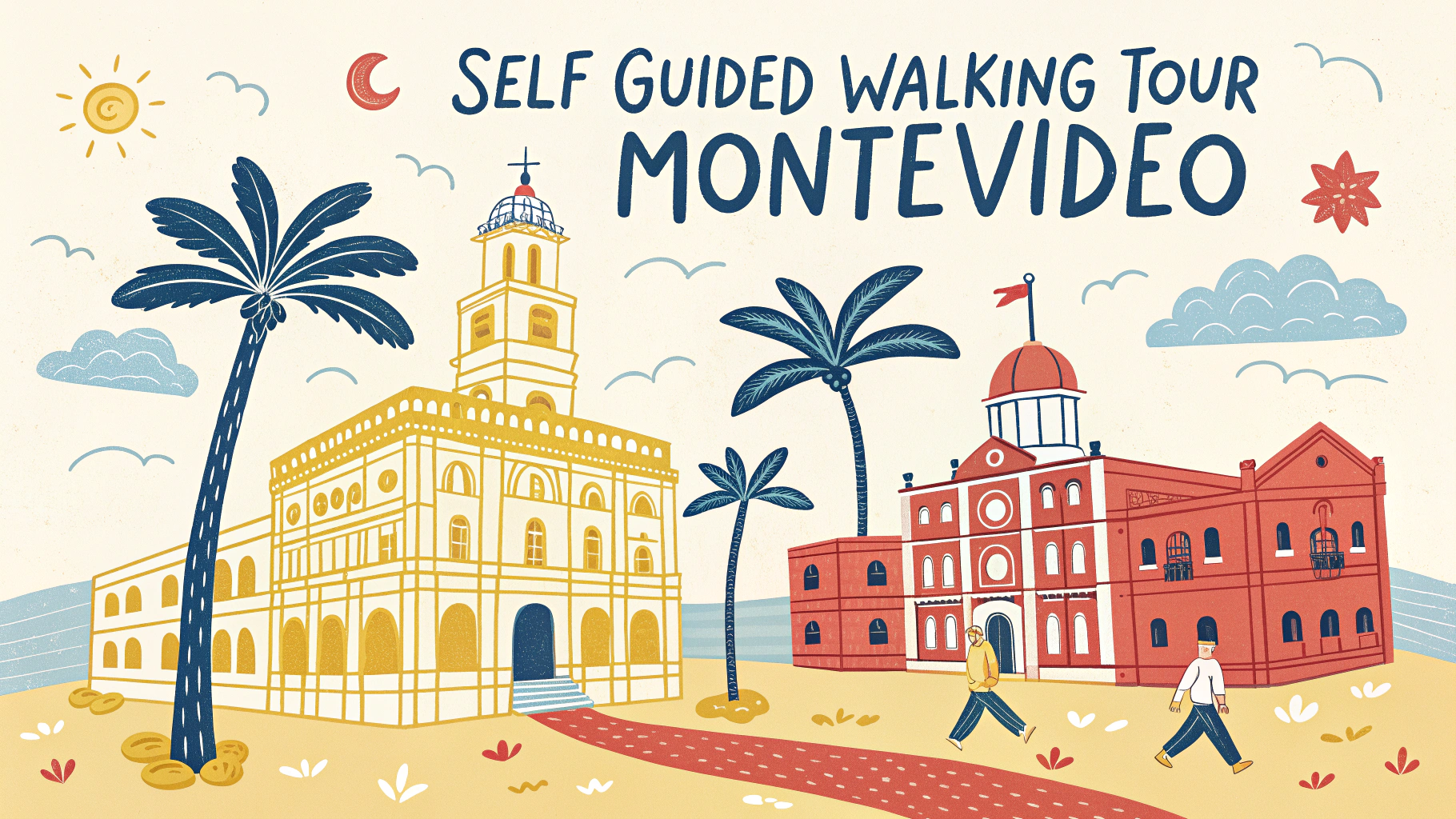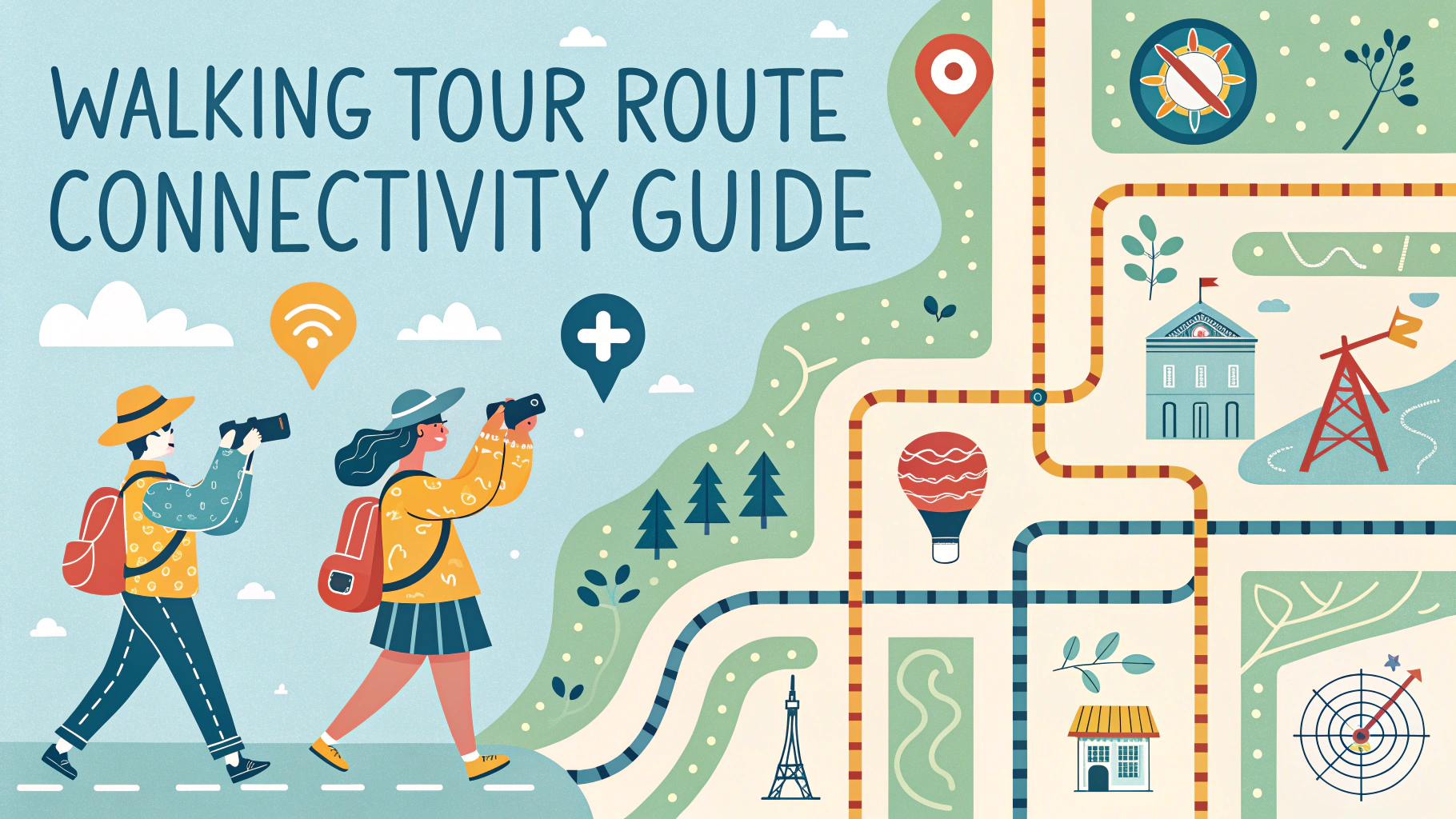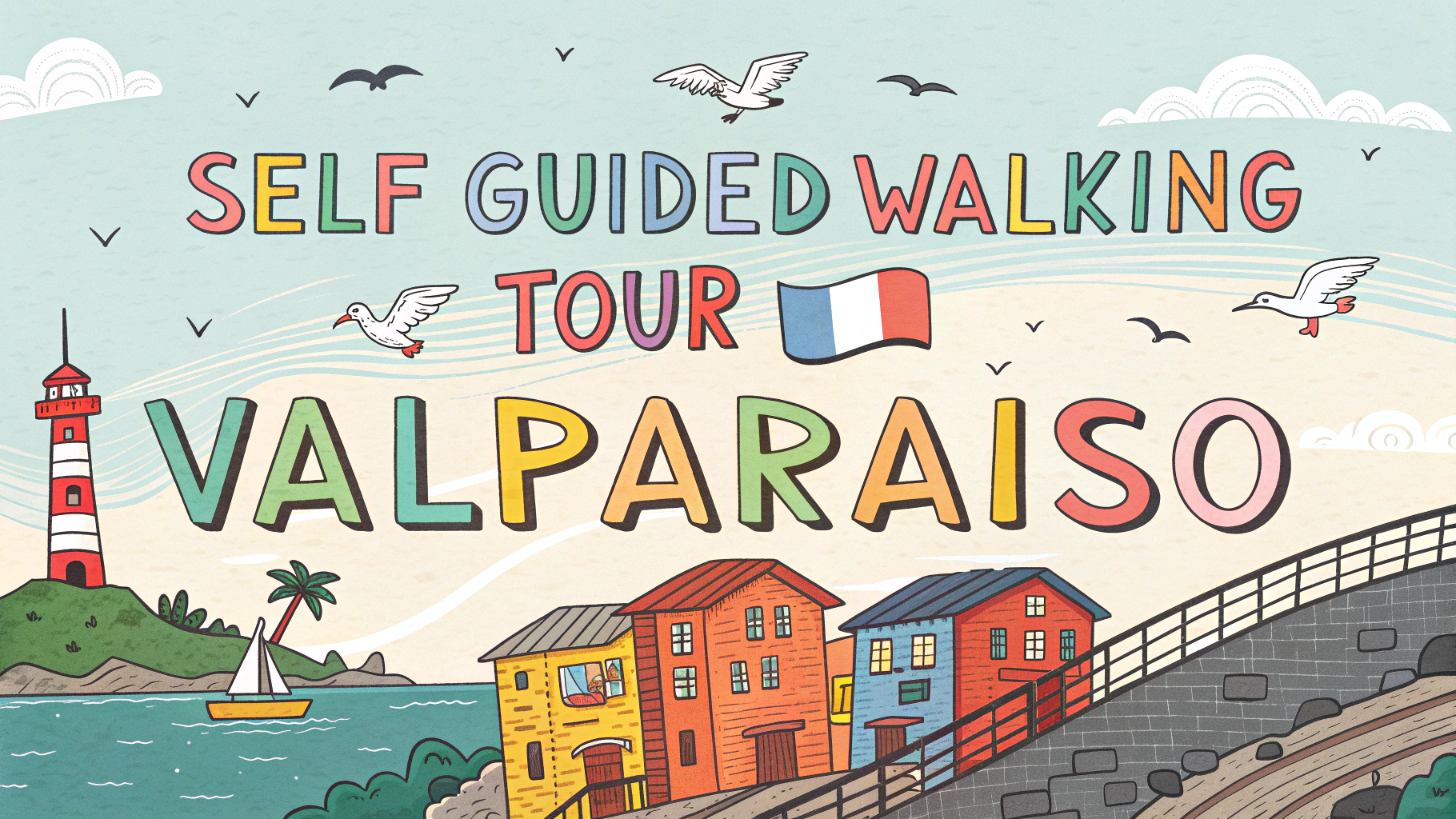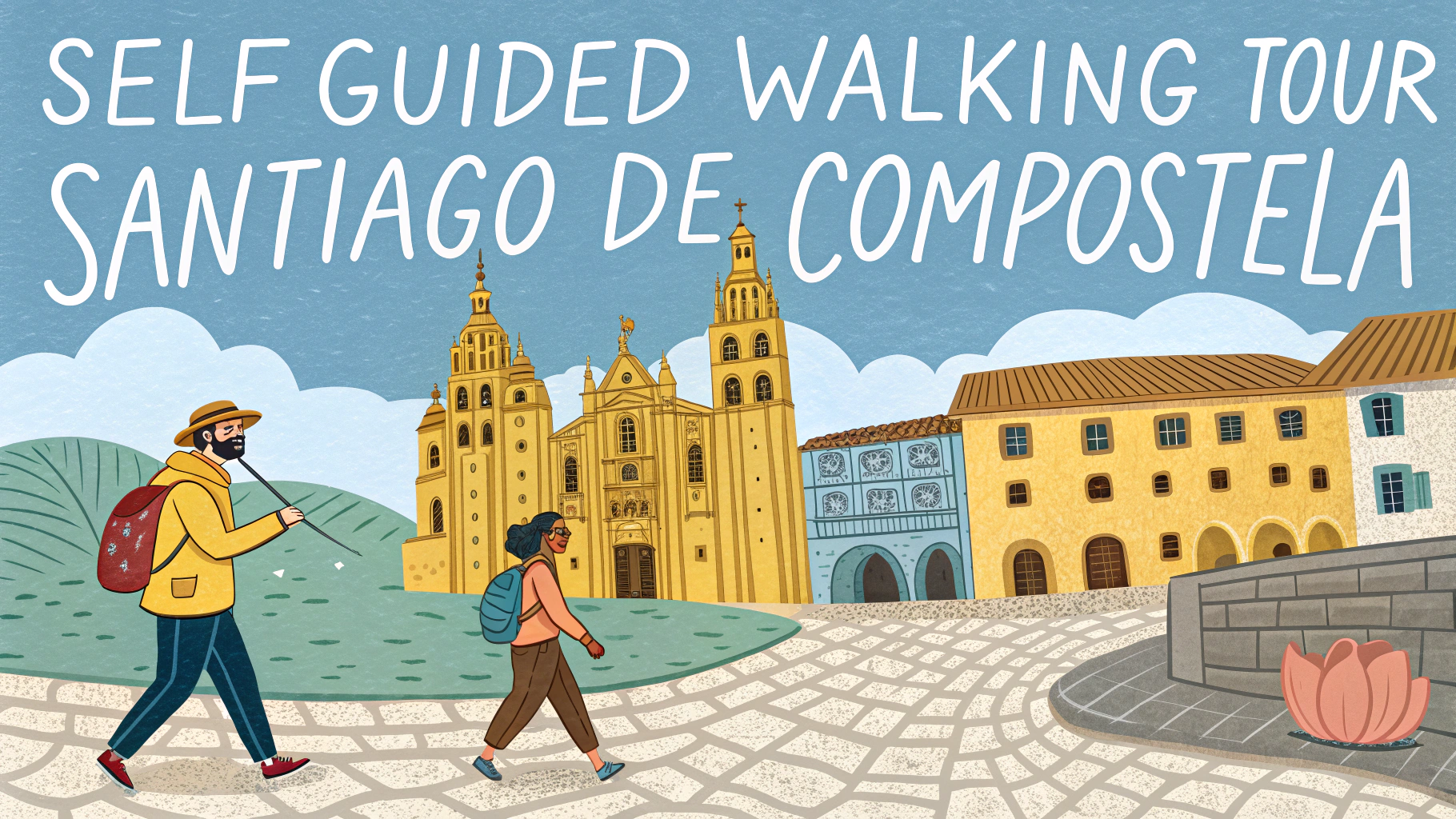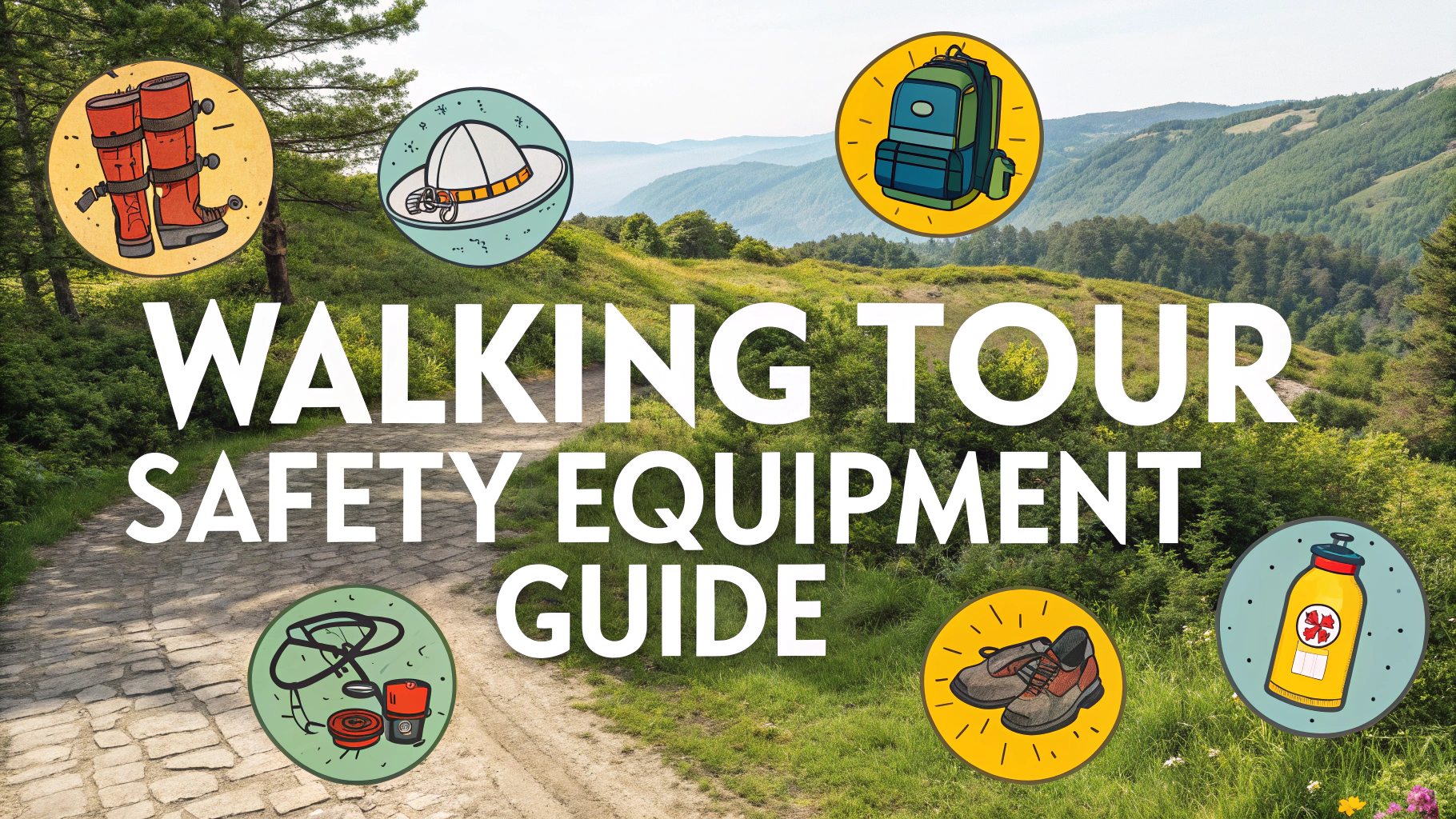Planning a multi-day walking tour requires attention to several key details that can make or break your adventure.
Route Planning Basics
Select routes that match your fitness level and desired daily walking distance, typically between 8-15 miles per day for most walkers.
- Check elevation changes and terrain difficulty
- Research accommodation options along the route
- Map out rest stops and points of interest
- Consider seasonal weather patterns
Essential Equipment
Quality gear makes a significant difference in comfort and safety during extended walks.
- Footwear: Well-broken-in hiking boots or walking shoes
- Backpack: 20-30L daypack with rain cover
- Navigation: GPS device, maps, compass
- First Aid Kit: Including blister treatment
Accommodation Planning
Book accommodations in advance, especially during peak season.
| Type | Pros | Cons |
|---|---|---|
| B&Bs | Comfortable, breakfast included | More expensive |
| Hostels | Budget-friendly, social | Shared spaces |
| Hotels | Private, amenities | Highest cost |
Luggage Transfer Services
Many walking regions offer baggage transfer services between accommodations.
- Sherpa Van – UK walking routes: www.sherpavan.com
- Jacotrans – Camino de Santiago: jacotrans.com
Training Tips
Start conditioning at least 8 weeks before your tour.
- Begin with 3-mile walks three times per week
- Increase distance by 10% weekly
- Practice with your loaded daypack
- Include varied terrain in training
Safety Considerations
- Share your itinerary with someone at home
- Check weather forecasts daily
- Carry emergency contact numbers
- Know local emergency services numbers
Packing List Essentials
- 3-4 moisture-wicking shirts
- 2 pairs of walking pants
- 4-5 pairs of walking socks
- Waterproof jacket and pants
- Basic first aid supplies
- Power bank and cables
Consider using packing cubes to organize gear and clothing efficiently.
Popular Self-Guided Routes
- Cotswold Way (England) – 102 miles
- Tour du Mont Blanc (Alps) – 170 kilometers
- Camino Frances (Spain) – 500 miles
- West Highland Way (Scotland) – 96 miles
Book through established tour operators who provide detailed route notes and emergency support.
Daily Route Management
Effective daily planning helps maintain energy and enjoyment throughout your tour.
- Start walking early to avoid peak heat
- Take regular 10-minute breaks every 2 hours
- Stay hydrated – drink before feeling thirsty
- Monitor weather and adjust plans accordingly
Nutrition Planning
Daily Food Requirements
- High-energy breakfast before starting
- Trail mix and energy bars for quick snacks
- Electrolyte replacement drinks
- Evening meal with good protein content
Budget Considerations
| Expense Category | Estimated Daily Cost |
|---|---|
| Accommodation | $50-150 |
| Food | $30-50 |
| Miscellaneous | $20-30 |
Conclusion
Successful multi-day walking tours depend on thorough preparation, appropriate gear selection, and careful attention to daily planning. Focus on gradual training, proper nutrition, and realistic route planning to ensure an enjoyable experience. Remember to remain flexible with your plans and always prioritize safety over scheduling.
- Book accommodations well in advance
- Test all equipment before departure
- Build fitness gradually
- Stay informed about weather conditions
FAQs
- What is the ideal duration for planning a multi-day walking tour?
Most self-guided walking tours are best planned for 4-7 days, allowing enough time to explore regions thoroughly while maintaining a comfortable pace and including rest days. - How many miles should I plan to walk each day?
For most walkers, 8-12 miles (13-19 km) per day is ideal, depending on terrain difficulty and fitness level. More experienced hikers might cover 15-20 miles daily. - What essential items should I pack for a multi-day walking tour?
Essential items include comfortable walking shoes, weather-appropriate clothing, basic first aid kit, water bottles, maps/GPS device, backpack, blister prevention supplies, and emergency contact information. - How do I arrange accommodation for a self-guided walking tour?
Book accommodations in advance along your route, focusing on places within 1-2 miles of your trail. Many areas have hotels, B&Bs, or hostels that cater specifically to walking tourists. - What’s the best way to transport luggage between accommodations?
Many regions offer luggage transfer services specifically for walking tourists. These services collect your bags from each accommodation and deliver them to your next stop. - How should I prepare physically for a multi-day walking tour?
Begin training at least 3 months before, gradually increasing daily walking distances. Include varied terrain in training and wear the shoes you’ll use on tour. - What navigation tools are recommended for self-guided walks?
Carry both digital and physical navigation tools: GPS device or smartphone with downloaded maps, physical maps, written route descriptions, and a compass as backup. - How do I plan rest stops and meal breaks?
Plan rest stops every 2-3 hours of walking, identify villages or towns along the route for meals, and carry emergency snacks. Research operating hours of local establishments. - What weather considerations should I take into account?
Check historical weather patterns for your destination, pack appropriate gear for various conditions, and include flexible days in your itinerary for extreme weather. - What safety precautions should I take for self-guided walking tours?
Share your itinerary with someone at home, carry a charged mobile phone, emergency contacts, basic first aid supplies, and research local emergency services in your walking area.
